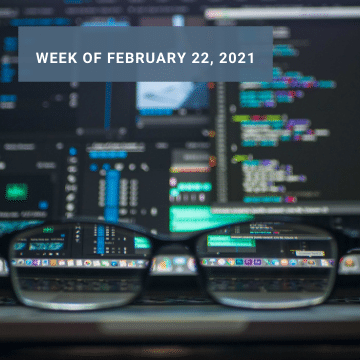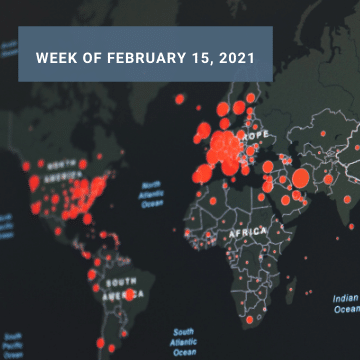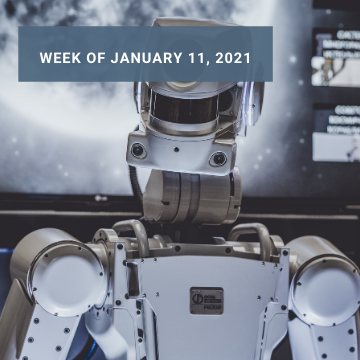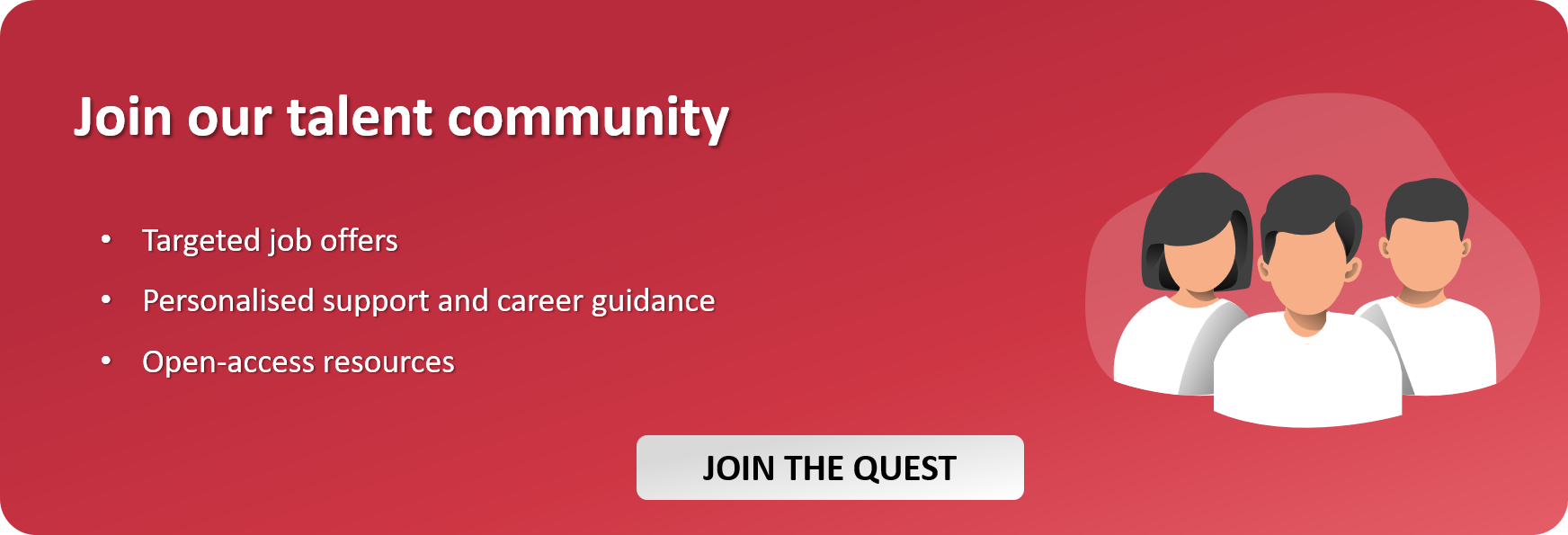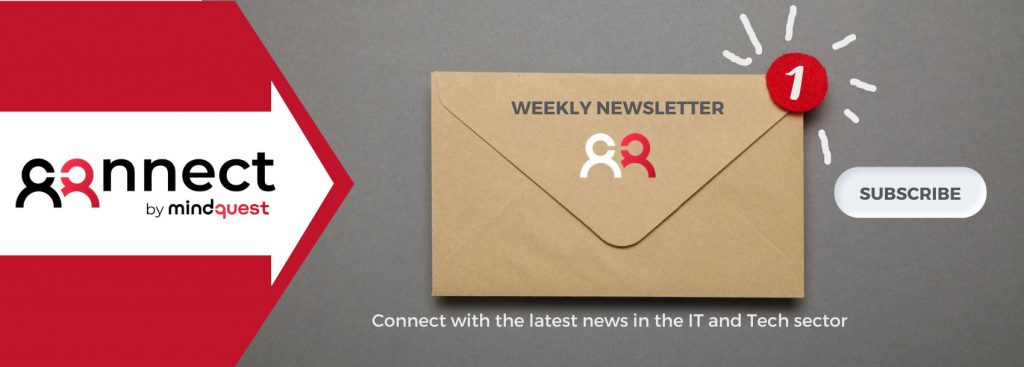Here’s what happened this week in IT news.
News story #1: CPU + RAM: the way ahead?
Computers will soon be faster thanks to the fusing of CPUs and RAM. This is accordingly to that’s what SK Hynix CEO Seok-Hee Lee thinks.
The head of the world’s second-largest memory maker behind Samsung made this prediction during his keynote address at IEEE’s International Reliability Physics Symposium. Assuring that the central processing unit and the memory will eventually be integrated within a single die to deliver higher performance computing systems.
To achieve this feat, Lee, whose company only produces memories and not CPUs, believes the chip manufacturing industry will need to come together and adopt a collaboration model focused on open innovation.
News story #2: Top budget priorities for CIOs
IDG’s annual State of the CIO survey clearly shows how the pandemic has affected IT spending. After a 2020 impacted by tightening budgets and a sole focus on mission-critical initiatives, the priorities for this year are somewhat widening.
This year’s three main business drivers for IT are transforming business processes, increasing cybersecurity protections and improving customer experience.
To do so, CIOs will be putting most of their money into technologies. This will include data and business analytics, security and risk management, cloud-based enterprise applications and customer experience technologies. Global budgets are expected to increase by 6.2% to cover this broader spectrum.
News story #3: Cloud spending (finally) surpasses on-prem
And speaking of spending — enterprise cloud spending topped that made on data centers for the first time last year. Nothing too unexpected in terms of IT news of the week. But one thing is to know change is coming, and a whole different story is to have confirmation.
A global report by the Synergy Research Group reveals businesses spent 35 percent more on cloud-based solutions, taking the total up to almost $130 billion. Conversely, spending for on-premise solutions went down six percent to less than $90 billion.
CIOs are spending most of their cloud budget on servers storage, security and software. When it comes to software, however, it is important to mention that the report mainly looked at server OS and virtualisation software — comparing software-as-a-service with on-prem business apps software would render way different results.

Check out more of our interviews from our podcast episodes.

